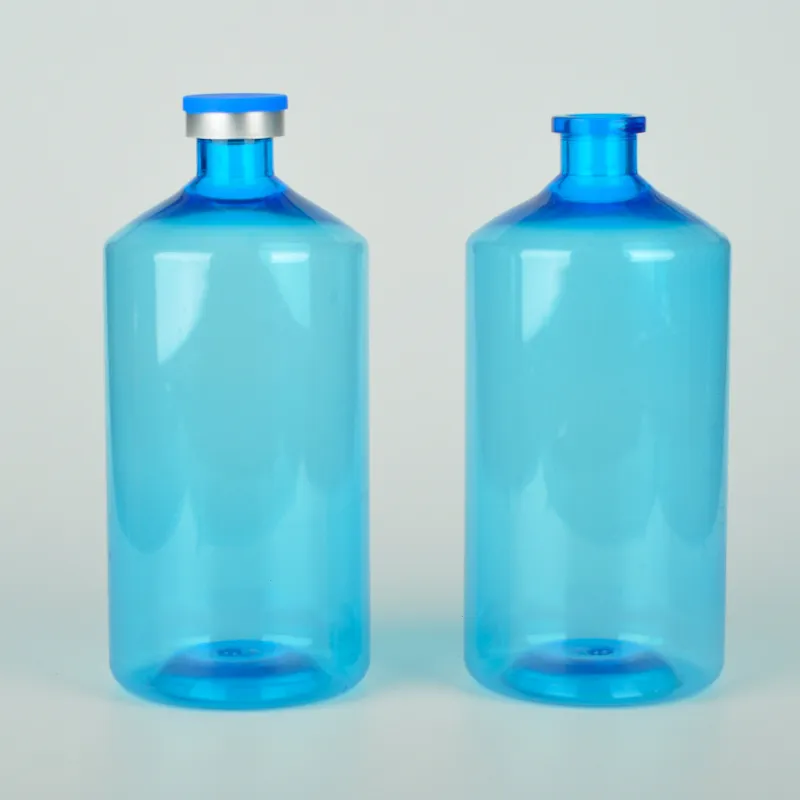
-
 Afrikaans
Afrikaans -
 Albanian
Albanian -
 Amharic
Amharic -
 Arabic
Arabic -
 Armenian
Armenian -
 Azerbaijani
Azerbaijani -
 Basque
Basque -
 Belarusian
Belarusian -
 Bengali
Bengali -
 Bosnian
Bosnian -
 Bulgarian
Bulgarian -
 Catalan
Catalan -
 Cebuano
Cebuano -
 Corsican
Corsican -
 Croatian
Croatian -
 Czech
Czech -
 Danish
Danish -
 Dutch
Dutch -
 English
English -
 Esperanto
Esperanto -
 Estonian
Estonian -
 Finnish
Finnish -
 French
French -
 Frisian
Frisian -
 Galician
Galician -
 Georgian
Georgian -
 German
German -
 Greek
Greek -
 Gujarati
Gujarati -
 Haitian Creole
Haitian Creole -
 hausa
hausa -
 hawaiian
hawaiian -
 Hebrew
Hebrew -
 Hindi
Hindi -
 Miao
Miao -
 Hungarian
Hungarian -
 Icelandic
Icelandic -
 igbo
igbo -
 Indonesian
Indonesian -
 irish
irish -
 Italian
Italian -
 Japanese
Japanese -
 Javanese
Javanese -
 Kannada
Kannada -
 kazakh
kazakh -
 Khmer
Khmer -
 Rwandese
Rwandese -
 Korean
Korean -
 Kurdish
Kurdish -
 Kyrgyz
Kyrgyz -
 Lao
Lao -
 Latin
Latin -
 Latvian
Latvian -
 Lithuanian
Lithuanian -
 Luxembourgish
Luxembourgish -
 Macedonian
Macedonian -
 Malgashi
Malgashi -
 Malay
Malay -
 Malayalam
Malayalam -
 Maltese
Maltese -
 Maori
Maori -
 Marathi
Marathi -
 Mongolian
Mongolian -
 Myanmar
Myanmar -
 Nepali
Nepali -
 Norwegian
Norwegian -
 Norwegian
Norwegian -
 Occitan
Occitan -
 Pashto
Pashto -
 Persian
Persian -
 Polish
Polish -
 Portuguese
Portuguese -
 Punjabi
Punjabi -
 Romanian
Romanian -
 Russian
Russian -
 Samoan
Samoan -
 Scottish Gaelic
Scottish Gaelic -
 Serbian
Serbian -
 Sesotho
Sesotho -
 Shona
Shona -
 Sindhi
Sindhi -
 Sinhala
Sinhala -
 Slovak
Slovak -
 Slovenian
Slovenian -
 Somali
Somali -
 Spanish
Spanish -
 Sundanese
Sundanese -
 Swahili
Swahili -
 Swedish
Swedish -
 Tagalog
Tagalog -
 Tajik
Tajik -
 Tamil
Tamil -
 Tatar
Tatar -
 Telugu
Telugu -
 Thai
Thai -
 Turkish
Turkish -
 Turkmen
Turkmen -
 Ukrainian
Ukrainian -
 Urdu
Urdu -
 Uighur
Uighur -
 Uzbek
Uzbek -
 Vietnamese
Vietnamese -
 Welsh
Welsh -
 Bantu
Bantu -
 Yiddish
Yiddish -
 Yoruba
Yoruba -
 Zulu
Zulu
Applications of Centrifuge Bottles in Laboratory Settings and Research
Centrifuge Bottle Uses in Laboratory
Centrifuge bottles are indispensable tools in laboratory settings, playing a crucial role in various scientific and medical research applications. These specialized containers are designed to withstand the high-speed spinning of a centrifuge, facilitating the separation of substances based on their density and helping researchers achieve accurate and reliable results.
One of the primary uses of centrifuge bottles is in the separation of biological samples. In biochemistry, for instance, researchers often need to isolate cells, proteins, or nucleic acids from complex mixtures. By placing samples in centrifuge bottles and spinning them at high speeds, denser components settle at the bottom, while lighter fractions are concentrated at the top. This process is essential for obtaining pure samples for subsequent analysis, such as enzyme assays or genetic studies.
Centrifuge Bottle Uses in Laboratory
Centrifuge bottles also play a significant role in clinical laboratories, especially in the processing of blood samples. When blood is drawn, it typically contains a variety of components, including red blood cells, white blood cells, plasma, and platelets. By utilizing centrifuge bottles, technicians can efficiently separate these components, allowing for the analysis of specific biomarkers or the preparation of plasma for transfusions. This separation is crucial for diagnostic purposes and for providing targeted treatments to patients.
centrifuge bottle uses in laboratory

Another application of centrifuge bottles is in the field of environmental science. Researchers often collect soil or water samples that require analysis for pollutants or other contaminants. By utilizing centrifuge bottles to separate particulate matter from liquids, scientists can determine the concentrations of various substances, providing valuable insights into ecosystem health and pollution levels. This data is vital for regulatory compliance, environmental monitoring, and the development of remediation strategies.
Moreover, centrifuge bottles are used in the preparation of nanoparticles and other materials in materials science. By freeing particles from a suspension, scientists can manipulate their size and concentration for various applications ranging from drug delivery systems to the development of new materials with tailored properties. Through the use of centrifuge bottles, researchers can control these factors with greater precision, enhancing the overall quality of their experimental outcomes.
In addition to these scientific applications, centrifuge bottles are also designed with practicality in mind. They are typically made from durable materials such as polycarbonate or polypropylene, which can withstand the mechanical stress of centrifugation. Many bottles are autoclavable, making them suitable for sterile applications, while others come in various sizes to accommodate different sample volumes.
In conclusion, centrifuge bottles are a vital component in laboratory workflows across various disciplines. Their ability to effectively separate components in biological, clinical, and environmental samples facilitates a wide range of research activities. As laboratories continue to advance and the complexity of experiments grows, the importance of centrifuge bottles will undoubtedly remain paramount in achieving accurate and reproducible results.
-
Premium 200ml Medicine Bottles – Leakproof Dropper & Spray Options at Best PriceNewsJul.05,2025
-
PTFE Centrifuge Tubes - Chemical Resistant, Leak-proof, Ideal for Laboratory UseNewsJul.05,2025
-
Premium Metal Dropper Bottle for Precise Dispensing 250ml & 1ml Options AvailableNewsJul.04,2025
-
20 ml Headspace Vials - High Quality Polyethylene & Plastic Vials for Lab UseNewsJul.04,2025
-
Small Bottle with Pipette - Precise Dispensing 100ml Pipette Bottles for Essential Oils & Lab UseNewsJun.24,2025
-
Acetic Anhydride Bottle for Accurate Dropper Measurement in Pharmacy Use High-Quality Dropper BottlesNewsJun.10,2025






















